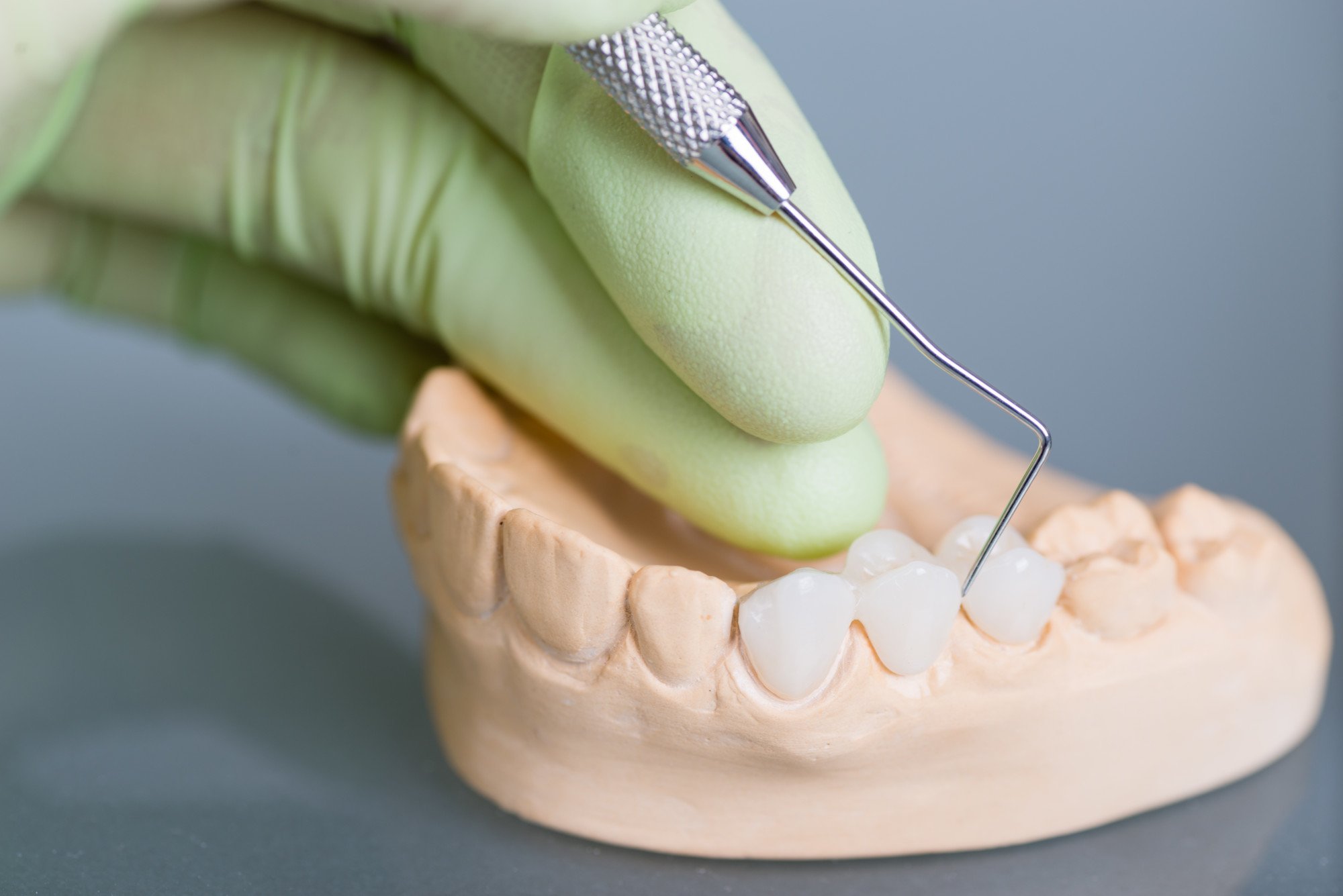
If you have low testosterone (T), you’re not alone: About 4 in 10 men over 45 have the same problem. Also known as hypogonadism, low T is even more common in males in their 80s, affecting around half of this age group.
Fortunately, testosterone replacement therapy can bring your T levels back up.
To that end, we created this guide on how to choose testosterone replacement therapy. Read on to learn how to tell if you need it, who shouldn’t take it, and the available options for TRT.
Get Yourself Tested for Low T
Low testosterone levels can cause problems affecting sex drive, erections, mood, and energy. It can also increase weight and body fat while decreasing muscle mass and energy. Long-term deficiencies can even weaken the bones and cause osteoporosis.
However, other health conditions, such as thyroid problems, can also cause those symptoms. They can also be due to depression, some medications, and excessive alcohol intake.
So before you start comparing TRT costs, visit a urologist first. Urologists are doctors specializing in sexual and reproductive health.
Your urologist will review your symptoms and perform a physical exam on you. You’ll also likely need several blood tests to check your testosterone levels. Multiple blood testing is crucial as T levels fluctuate throughout the day.
Please don’t take products that may raise your T levels without your doctor’s approval. If you do, you’re at risk of experiencing signs of high testosterone, such as acne and weight gain.
Ensure You’re a Good TRT Candidate
During your appointment with a urologist, let the doctor know if you have sleep apnea or a heart problem. Likewise, inform the specialist if you have a history of high red blood cell counts. Testosterone could exacerbate these medical conditions.
High T levels can also impair male fertility and lower sperm count. So if you plan to have children, avoid TRT.
If the blood tests reveal you have low T levels and none of the above applies to you, you may be a good candidate for TRT.
Compare Your TRT Options
One of the benefits of TRT is that it’s available in various forms, with skin gels being the most common. Skin gels are topical products applied to the upper arms, shoulders, or thighs. You rub them onto the skin after showering to let your body absorb the testosterone.
Another topical TRT option is a testosterone patch, which you apply to your thighs or torso at night.
You may also consider injectable testosterone, typically given every ten weeks. You, a family member, or a doctor can administer them under your skin or into a muscle.
If you want longer-term effects, your doctor may give you the option to get pellets. They last for three to six months but require a surgical incision.
Choose Testosterone Replacement Therapy Wisely
Remember: If you choose testosterone replacement therapy, you commit to life-long treatment. If you stop taking TRT, your T levels will decrease again.
But if you don’t mind needing TRT for the rest of your life, you may be a good candidate for this treatment. So, talk to a urologist ASAP to learn more about your best and safest TRT options.
For more informative guides like this, check out our latest news and blog posts.





